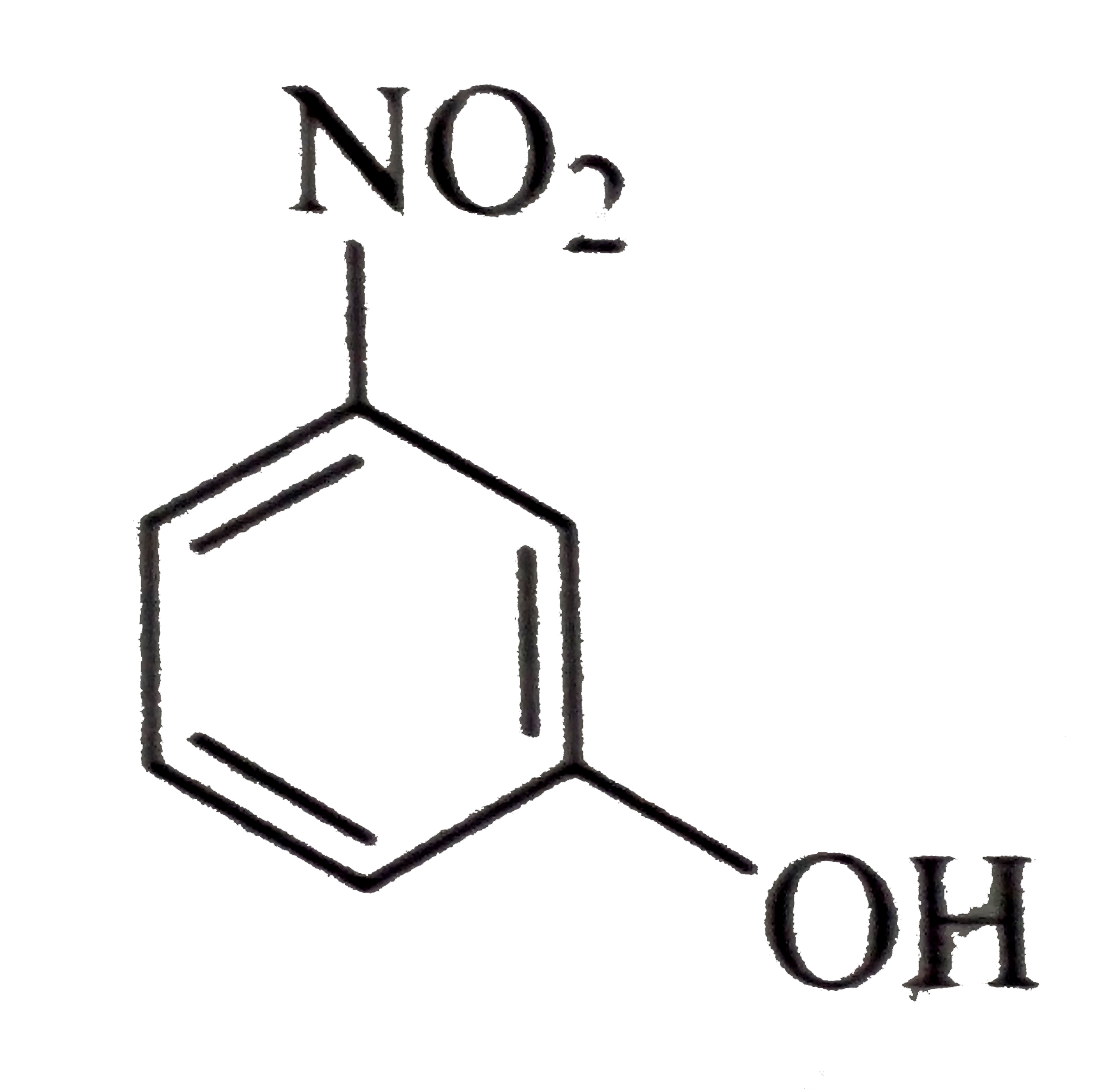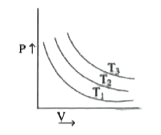PCR proceeds in three distinct steps governed by temperature they are in order of :
Synthesis, Annealing, Denuturation
Annealing, Synthesis, Denaturation
Denaturation, Synthesis, Annealing
Denaturation, Annealing, Synthesis
The correct Answer is:D
Step-by-Step Solution:
1. Understanding PCR: PCR, or Polymerase Chain Reaction, is a technique used in molecular biology to amplify specific DNA sequences. It allows for the creation of millions of copies of a particular DNA segment.
2. Identifying the Steps of PCR: PCR consists of three main steps, each governed by specific temperature conditions:
- Denaturation: This is the first step where the double-stranded DNA is heated to around 94-95°C, causing the strands to separate into single strands. This process is essential for exposing the DNA sequences that need to be amplified.
- Annealing: The second step occurs at a lower temperature, typically between 50-56°C. During this phase, short DNA primers bind (or anneal) to the single-stranded DNA templates. These primers are necessary for the synthesis of new DNA strands.
- Synthesis (Extension): The third step involves the synthesis of new DNA strands. This occurs at a temperature optimal for the DNA polymerase enzyme (usually around 72°C). The enzyme extends the primers, synthesizing new strands of DNA complementary to the template strands.
3. Ordering the Steps: Based on the descriptions of each step:
- First: Denaturation
- Second: Annealing
- Third: Synthesis
4. Conclusion: The correct order of the steps in PCR, governed by temperature, is Denaturation, Annealing, and Synthesis.
Final Answer: The correct option is Denaturation, Annealing, and Synthesis.
---
- Denaturation: This is the first step where the double-stranded DNA is heated to around 94-95°C, causing the strands to separate into single strands. This process is essential for exposing the DNA sequences that need to be amplified.
- Annealing: The second step occurs at a lower temperature, typically between 50-56°C. During this phase, short DNA primers bind (or anneal) to the single-stranded DNA templates. These primers are necessary for the synthesis of new DNA strands.
- Synthesis (Extension): The third step involves the synthesis of new DNA strands. This occurs at a temperature optimal for the DNA polymerase enzyme (usually around 72°C). The enzyme extends the primers, synthesizing new strands of DNA complementary to the template strands.
- First: Denaturation
- Second: Annealing
- Third: Synthesis
Topper's Solved these Questions
- BIOTECHNOLOGY : PRINCIPLES AND PROCESSESBOOK - VMC MODULES ENGLISHCHAPTER - BIOTECHNOLOGY : PRINCIPLES AND PROCESSESEXERCISE - EFFICIENT
50 Videos
- BIOLOGICAL CLASSIFICATIONBOOK - VMC MODULES ENGLISHCHAPTER - BIOLOGICAL CLASSIFICATIONEXERCISE - All Questions
214 Videos
- BIOTECHNOLOGY AND ITS APPLICATIONS BOOK - VMC MODULES ENGLISHCHAPTER - BIOTECHNOLOGY AND ITS APPLICATIONS EXERCISE - IMPECCABLE
51 Videos
Similar Questions
Isomers of hexane, based on their branching, can be divided into three distinct classes as shown in the figure.

The correct order of their boiling points is :
View SolutionIsomers of hexane , based on their branching can be divided into three distinct classes as shown in the figure.


The correct order of their boiling points is :
View SolutionState the three units of temperature.
View SolutionConvert

 in not more than four steps. Also mention the temperature and reaction conditions.
in not more than four steps. Also mention the temperature and reaction conditions.
View SolutionList three main steps in the extraction of a metal from its ores.
View SolutionList three main steps in the extraction of a metal from its ores.
View SolutionList three main steps in the extraction of a metal from its ores.
View SolutionFrom the graph the correct order of temperature is:

View SolutionArrange the steps of PCR in decreasing order of temperature.
View SolutionWrite any three uses of PCR
View Solution
